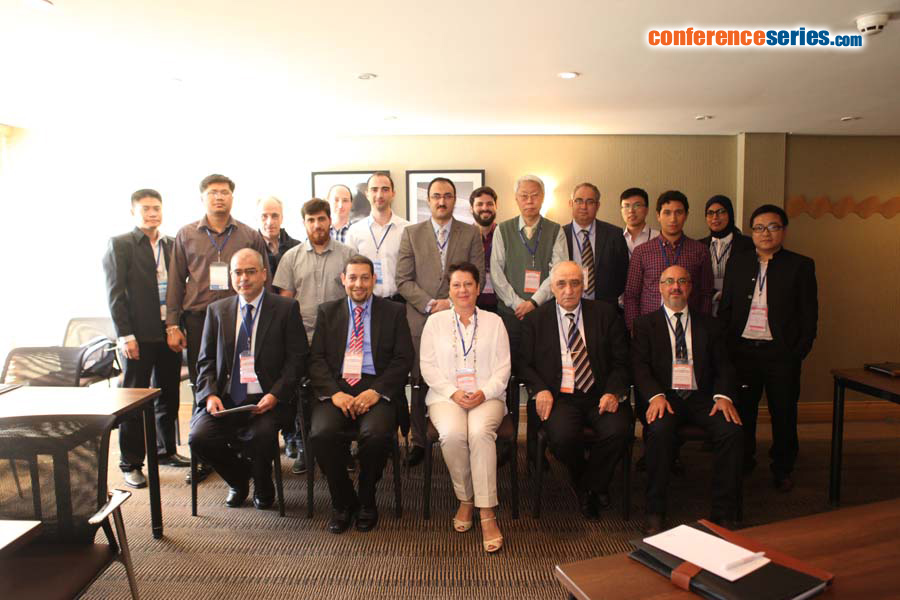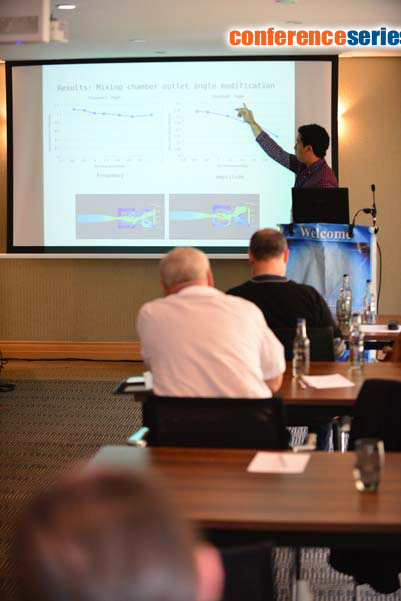
Carlos Andres Candelo
Polytechnic University of Catalonia, Spain
Title: Fluidic oscillators performance evaluation when modifying its internal dymensions
Biography
Biography: Carlos Andres Candelo
Abstract
Flow control actuators have long been in the focus of research in the fluid mechanics field since they are able to reduce drag on bluff bodies, increase lift on airfoils and enhance mixing. However, their performance in real applications must assure reliability and long lifetime. Among the different existing actuators, ZNMF (zero net mass flow), plasma actuators, MEMS (Micro-Electro-Mechanical Systems), fluidic oscillators and combustion driven jet actuators; only the plasma, fluidic and pulsed combustion actuators do not have moving parts, which is a priority and gives confidence regarding their reliability. Fluidic oscillators are able to produce a pulsating jet with the required momentum, although it appears their design needs to be adapted to each application. Original fluidic oscillator designs goes back to the 60s and 70s, left nearly unchanged for over 40 years. Among their applications in flow control, it is worthy to mention their use in combustion control, mixing enhancement and flow deflection, modifying flow separation in airfoils, boundary layer control on hump diffusers used in turbomachinery, flow separation control on stator vanes of compressors, drag reduction on road vehicles and cavity noise reduction. Following the present introduction it appears that fluidic actuators could be much widely used in the future, and it is according to the authors, worthy to better understand their behaviour in order to further improve their performance. In the present paper, a given type of fluidic oscillator is studied via 3D-CFD. Initially, the original oscillator dynamic performance was studied. In the second stage, internal dimensions were modified and for each case the dynamic behaviour was evaluated. Among the results, it is interesting to mention that a given fluidic oscillator working at a given Reynolds number is capable of producing different frequencies and amplitudes. The study was done considering the fluid as incompressible and turbulent. Several turbulent models were also evaluated.



